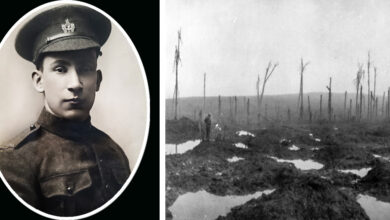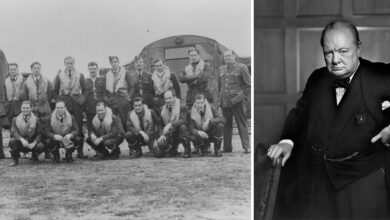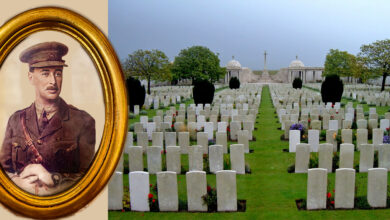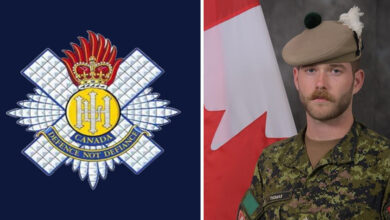Remembering
Her Majesty’s Canadian Ship Athabaskan enters retirement
After serving the Royal Canadian Navy for more than 44 years, Her Majesty’s Canadian Ship (HMCS) Athabaskan officially entered retirement on Friday after a paying off ceremony was held at HMC Dockyard in Halifax.
“HMCS Athabaskan and her Iroquois-class sister ships served the RCN exceptionally well for more than 40 years. While we look back on the great contribution made by these vessels – and their crews – to Canadian defence, and the support provided to our Allies and partners around the world, we also look toward the future, and ensuring the Royal Canadian Navy remains responsive and capable, through the Canadian Surface Combatant project that will replace both the Iroquois-class destroyers and our Halifax-class frigates,” said Minister of National Defence, Harjit Sajjan.
HMCS Athabaskan was the last of four Iroquois-class Area Air Defence destroyers and was commissioned on Sept. 20, 1972. Commissioned for the Cold War and post-Cold War era, at the time, the Iroquois-class introduced state-of-the- art Canadian sonar technology to undersea surveillance, and perfected the combat operations of two large maritime helicopters from each of their flight decks.
“Today we celebrate the end of an era. HMCS Athabaskan is the last of the Tribal-class destroyers to be decommissioned. When Canada put this ship into service, the technological achievements were so impressive that the Tribals were referred to as the “sisters of the space age.” For those of us fortunate to have sailed in these ships we celebrate the important leadership role that Athabaskan, and her sister ships, fulfilled in the defence of Canada and in support of partners and allies. Canadians can proudly reflect on Canada’s response to the occupation of Kuwait, the terrorist attacks of 9/11, Hurricane Katrina, and the devastating earthquake in Haiti. I know that those of us serving today, are proud to continue to follow in the wake of all those who have so brilliantly served in HMCS Athabaskan during the last 44 years. We stand here today as equally committed and dedicated as those who walked aboard her on the day of her commissioning,” said VAdm. Ron Lloyd, Commander of the Royal Canadian Navy.
During the course of its tenure, the HMCS Athabaskan was deployed on a number of missions, both at home and abroad, expeditionary and in protection of Canada’s sovereignty.
During the paying off ceremony, a tradition that traces back to the time when sailors were literally paid their last wages before the decommissioning of a ship, the ship’s crew gave a last cheer and marched off the ship, followed by the Commanding Officer being piped ashore. The commissioning pennant, Jack, and Ensign were hauled down, and the port flag hoisted.
“As a former sailor who was trained and mentored on the decks of a Tribal-class destroyer, I am struck by the great significance of this ship’s decommissioning. The name Athabaskan, and those of her sister ships Iroquois, Algonquin, and Huron, conjure up the greatness of our country, its vast geography, the first peoples, and the impactful contributions of the Royal Canadian Navy in war and peace. There are tens of thousands of Canadians who served aboard these ships and whose hearts ache for what has passed. To them, I salute their service and praise their contributions to a navy that remains focused, effective and fully committed to providing value-added contribution to maritime security operations wherever there is water and whenever called upon by the Government of Canada,” said RAdm. John Newton, Commander Maritime Forces Atlantic.
The RCN is now looking to the future, and the National Shipbuilding Strategy will welcome the first of the DeWolf-class Arctic Offshore Patrol Ship.









